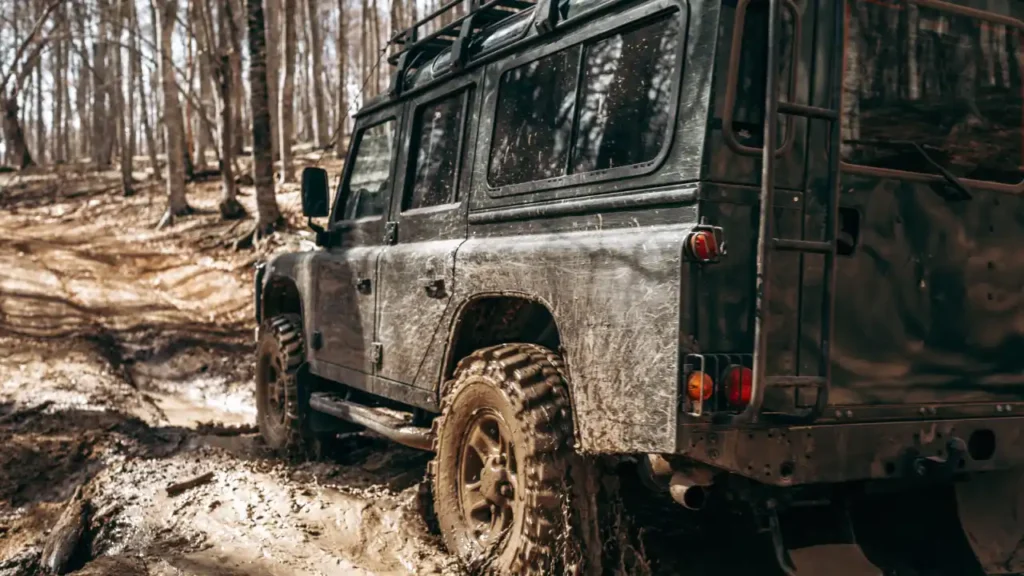
Free monthly entries to ALL giveaways
+1 every month
+5 every month
+10 every month
5%
125
150
350
100
100
50
Cancel membership anytime
Terms apply
apply

Written by
Admin
Published
August 20, 2024
Off-roading is an exhilarating experience that offers adventure enthusiasts a chance to explore the unbeaten path. However, the challenge and unpredictability of rough terrain demand a well-prepared vehicle. Whether you’re a seasoned pro or a newcomer to the dirt track, the following checklist ensures that your off-road adventure is both safe and exciting.
Before hitting the trails, a thorough inspection of your vehicle is essential. Starting with the basics, check the condition of your tires, including tread depth and pressure. Off-road tires should be chosen based on the terrain you expect to encounter. All-terrain tires offer a good balance for various surfaces, but mud-terrain tires provide superior performance in muddy conditions. Historical data shows that tire failure is a common issue for off-roaders, so don’t overlook this critical component.
Under the hood, your engine’s fluid levels must be checked – oil, coolant, brake fluid, and power steering fluid. A well-maintained engine lessens the risk of breakdowns, which are especially problematic in remote areas. According to industry trends, modern synthetic oils offer enhanced engine protection for the high-demand situation of off-roading.
Your vehicle’s suspension and shocks deserve attention, too. Upgrade to heavy-duty shocks that can handle the increased strain from off-road bumps and dips. Data suggests a notable improvement in off-road performance when using suspension kits designed for the specific model of your vehicle.
Protecting your vehicle’s underside is another key preparation step. Skid plates can save vital components like the oil pan, transfer case, and fuel tank from being damaged by rocks or rough terrain. Statistically, undercarriage damage accounts for a significant portion of off-road repair costs.
Navigational aids, such as a GPS device or a map and compass, are indispensable for off-roading. The latest GPS models offer topographical mapping and real-time updates that aid in staying on track and finding points of interest or emergency exits. With the advent of satellite messengers and emergency beacons, communication even in areas with no cellular service has become possible, so consider investing in these devices for safety.
Vehicle recovery equipment is also non-negotiable. This includes a winch, traction boards, a high-lift jack, and a sturdy set of recovery straps. The demand for high-quality recovery gear has risen in tandem with the popularity of off-roading, reflecting its importance. Moreover, carry a comprehensive toolkit with essential spare parts like fuses, belts, and hoses. It’s reported that mechanical issues can and do occur, and being able to perform basic repairs can be the difference between a minor setback and a trip-ending disaster.
Lastly, safety gear is paramount. Ensure you have a first aid kit, fire extinguisher, adequate food and water supplies, and appropriate clothing for weather changes. As off-road enthusiasts, it is also our responsibility to practice sustainable and environmentally friendly off-roading. Trends show that more off-roaders are adhering to ‘Tread Lightly’ principles, such as staying on designated trails, packing out trash, and respecting wildlife.
In conclusion, off-roading can be an unforgettable adventure with the right preparation. A robustly equipped vehicle, armed with top-notch navigational and safety gear, alongside a commitment to responsible off-roading, will pave the way for a thrilling and secure journey. So, before you set out, review this comprehensive checklist to ensure your off-road experience is an absolute success.